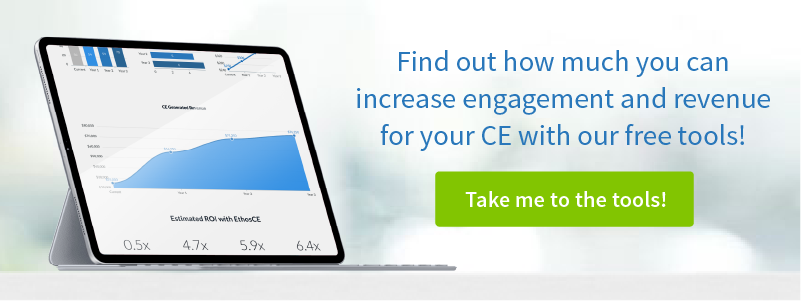Is Health 2.0 a Fad?
If Health 2.0/Medicine2.0/Web 2.0 is a fad, then we must also conclude that the World Wide Web is a fad. Of course, it is not. Rather, we are witnessing the impact of the natural evolution of Web technologies upon diverse aspects of health care delivery.
As a technologist and former oncology professional, I cannot say when Health v1.0 stopped and v2.0 began as many of today’s much-hyped “Web 2.0” technologies have been around since the late 1990’s. Patients and caregivers have been “power users” of discussion forums with personal profiles, instant messaging, chat, and media file uploads, to exchange information and gain support since the dominant days of Netscape and AOL. Granted, a lot of the software was poorly designed, privacy and security policies were in their infancy, and there was a lot of inaccurate information being shared. But many of the technologies have been alive and well within the health consumer community for quite some time. There are just now being embraced on a broader scale.
So how did Health 2.0 come to be? I believe that there are a number of factors that have come together to support the use of Web 2.0 technologies and philosophies across the broader health care community. Here is a very short-list.
- Technologies have become more open, extensible, and user-friendly and are less expensive and resource-intensive to produce/implement/manage. Web 2.0 is bigger than the common definition of “read/write” applications. It is about being able to develop and integrate applications to share functions, features, and data across people, companies, domains, etc. Open source technologies, APIs, and standards have been some of the “game changers” here.
- Researchers have demonstrated that Web 2.0 applications and peer-to-peer-to-professional networks can be effective tools for clinical interventions. We have seen this through our work with www.TheWellnessCommunity.org , where our colleagues were able to show quality of life improvements among cancer patients who participated in professionally moderated online support groups.
- Healthcare professionals, institutions, and industry are learning from other business communities that the active engagement of their clients (through technology) can inform and enhance the quality and reach of their services (crazy idea). I posted a video on my blog at http://blog.dlc-solutions.com from Josh Bernoff of Forrester Research who describes how MD Anderson Cancer Center and NCCN used a social network to improve patient satisfaction. Similarly, these groups are now using these types of technologies within their everyday work.
- More research is being published on best practices around compliance, architecture, privacy guidelines, security, etc, which is resulting in a stronger framework for the broader implementation of Web 2.0 strategic initiatives at the institutional level.
Health 2.0 is very exciting and I am looking forward to the next version especially around the use of 3-D collaborative Web environments.
 We're now part of the Cadmium product suite! Learn more
We're now part of the Cadmium product suite! Learn more 

